“The Pagan Dream of the Renaissance” by Joscelyn Godwin

"During the Renaissance, a profound transformation occurred in Western culture, fueled in large part by the rediscovery of the pagan, mythological imagination. While the Greek gods and goddesses had never been entirely eclipsed during the "Dark Ages", with the Renaissance their presence once again became a powerful force in the European imagination, and their influence was felt in almost every aspect of Renaissance life and culture.
This over-size and highly-illustrated work is the first book to introduce the general reader to the revival of the pagan imagination in Renaissance culture and art. The Pagan Dream of the Renaissance also provides new perspectives on this hidden stream of spirituality that is so well reflected in art, monuments, and literature, but, until now, has been poorly understood from an inner perspective.
In The Pagan Dream of the Renaissance, Joscelyn Godwin explains how the European imagination was seduced by the pagan gods, and how people of wealth and leisure — including those associated with the Catholic Church — began to decorate their villas and palaces with images of them, write stories about them, and even produce music and dramatic pageants about them. In one of the most fascinating chapters, Godwin explores the use of mythic symbolism in the "Garden Magic" of the Renaissance villas, and takes the reader on a stunning tour of these complex esoteric landscapes, in which statuary, landscape design, grottoes, and flowing water were all combined to transport their visitors into an enchanted, imaginal realm, in which transformations of the soul became possible. In another chapter on the origins of opera, we discover that without the rebirth of the pagan dream, opera as we know it would not have been possible.
Godwin explores how the pagan imagination existed side-by-side — sometimes uneasily — with the official symbols and doctrines of he Church, and documents how pagan themes were used to enhance both public and private life. In its deepest and most vibrant form, we discover how the pagan dream of the Renaissance represented nostalgia for a classical world untroubled by sin and in no need of redemption. This was the hopeful fantasy that briefly flowered in the Renaissance. It faded as the Reformation, Counter-Reformation, and religious warfare swept across Europe. But the dream still exists as a possibility for those who are in harmony with it."
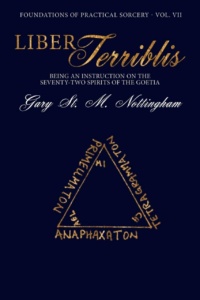

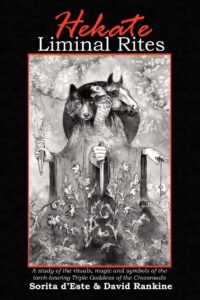
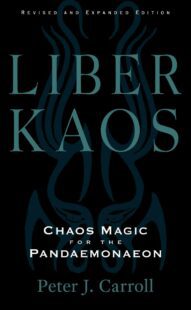

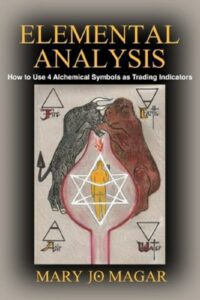
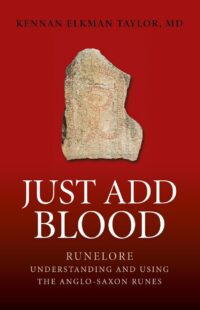
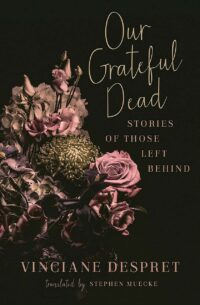

Comments and discussion can be found in the channel